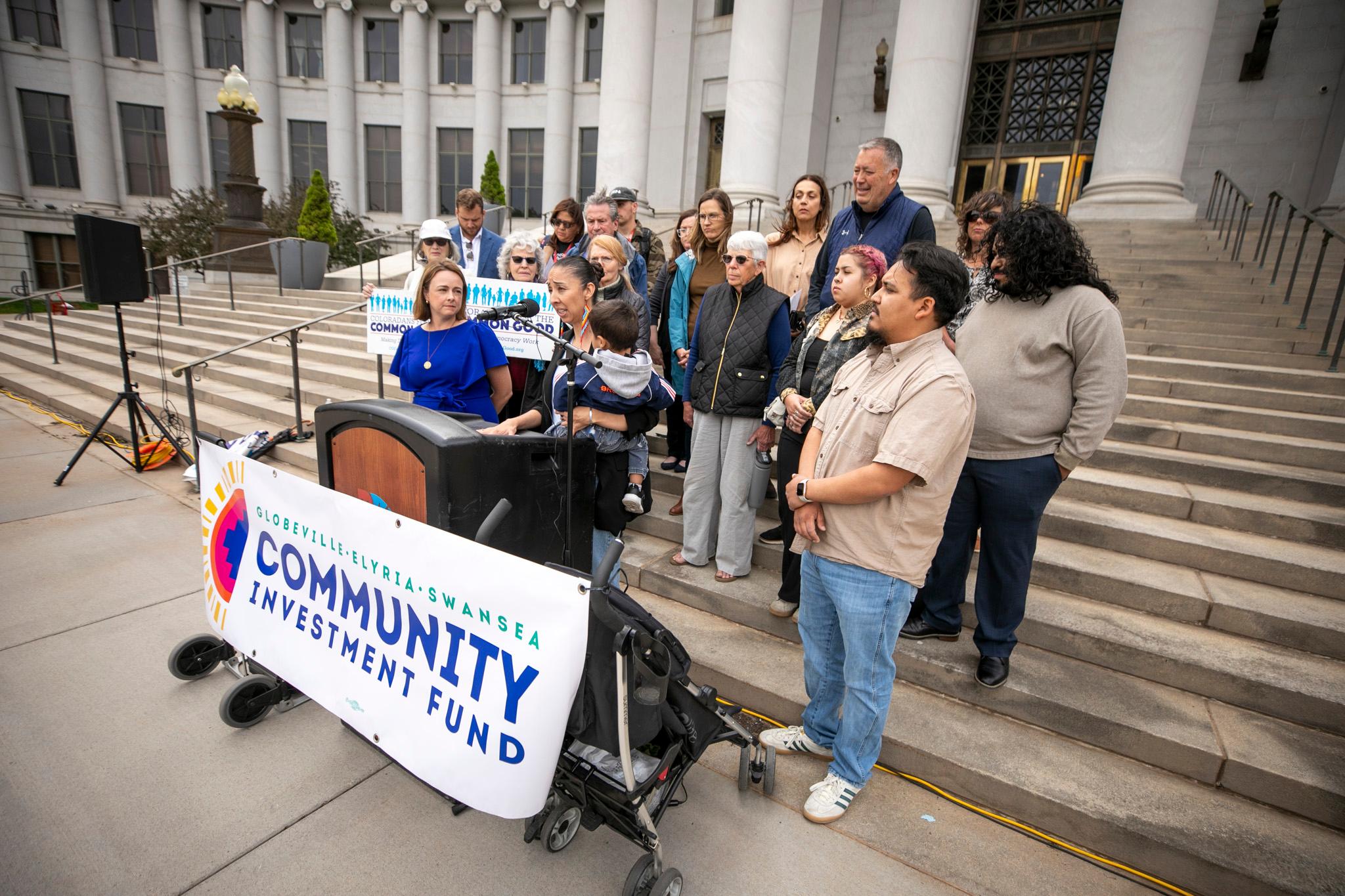For our report on how and why the business of flipping houses in Denver is changing, I looked at the sales of single family houses, condominiums and rowhouses since 2008. Sales and transfers before 2008 haven’t been digitized, according to the Denver Assessor's Office. More on how you can tell a flip from a not-flip below the jump.
Homes that sold twice in less than 367 days were defined a house flip.
“If someone buys a home for personal use, they typically won't sell within a year,” said Ralph McLaughlin, chief economist for the real estate company Trulia. “If you buy a property [for personal use] and sell it within a year you're likely to lose money.”
Homes that sold twice in fewer than 14 days were not included.
“Seven days [between transactions] is probably not likely [a flip.] Closer to at least 30 days, you're more likely to record a flip,” McLaughlin said.
Only 2.6 percent of house flips in Denver happened in fewer than 30 days.
Most major deed types were included in the analysis. Quitclaim deeds were entirely excluded because, according to the assessor’s office, they are often used to clean up deeds, rather than measure a sale. While I include deeds used in foreclosures sales or in the event of death, I did not consider a foreclosure deed or death certificate to represent the final sale of a flipped property.
I also excluded flips that happened between the same person or same entity. In other words, if John Q. Public bought a property, flipped it and sold the same property to John Q. Public, I did not consider it to be a flip. Sales that happened between the same person are often to correct an error in the deed or change the way the property is held. This analysis of flipped property targets sales between different parties, presumably to generate profit. If two people with the same surname exchanged property with no profit, that was excluded under the same logic.
Likewise, large homebuilders, banks, federal agencies, holding companies and relocation companies were excluded from this flipping dataset. Multiple sales within a short time frame for these entities represented transactions other than flips.
Finally, I also excluded flips where the sale price was less than $1,000 dollars. These transactions most often included banks exchanging property, among other non-flip transactions.
A small number of the resulting properties (9.8 percent) appeared to be flipped more than once. In each case, the chain of title was used to determine whether the property met the criteria for a flip. In the majority of multiple flip cases, the property moved between multiple businesses quickly. For such cases, only the final transaction was recorded as a flip.












